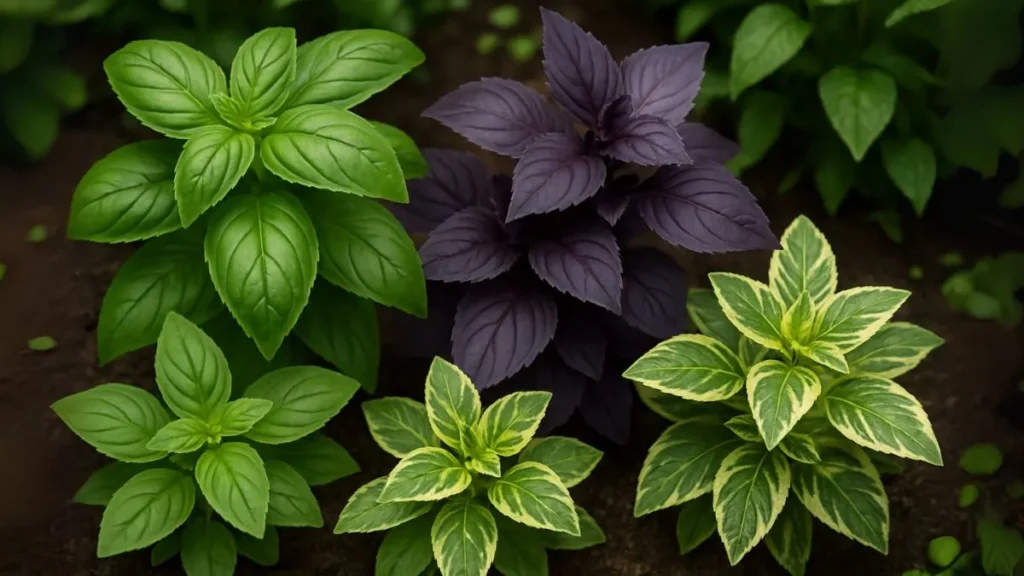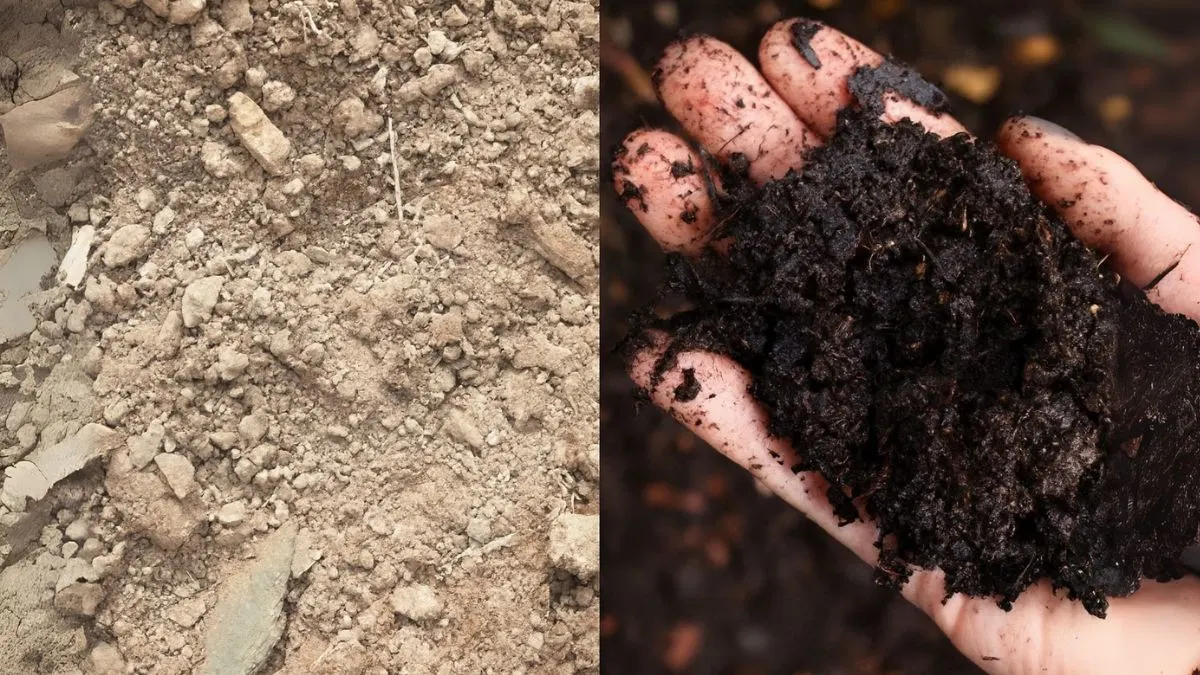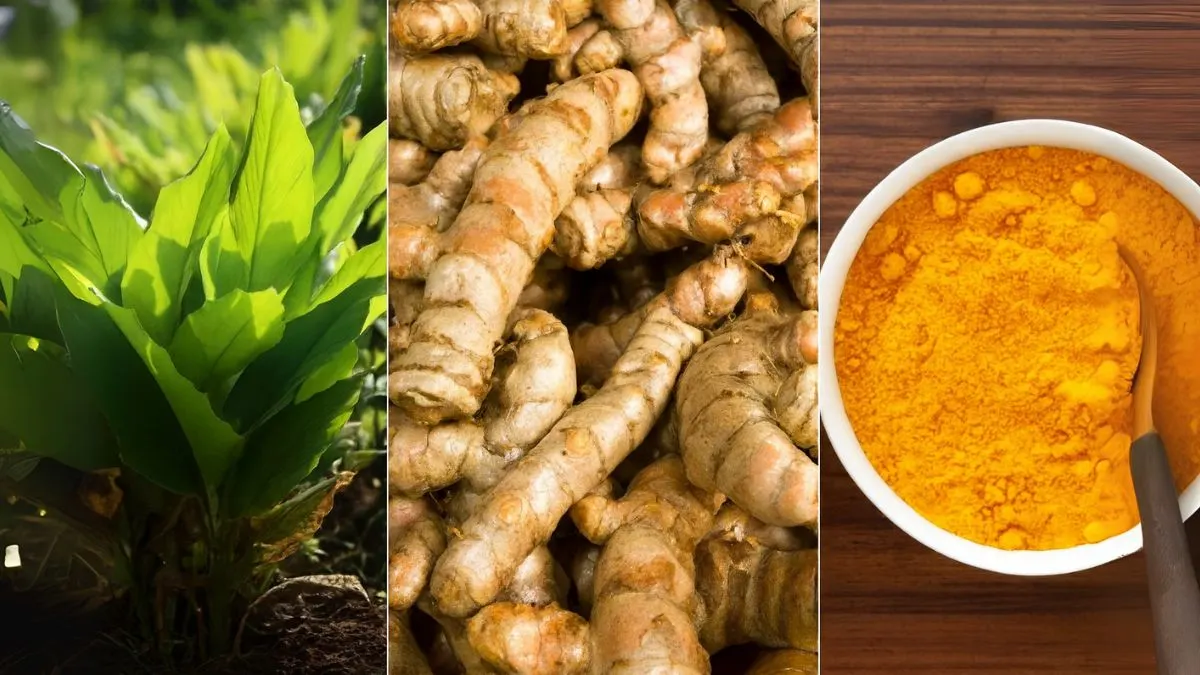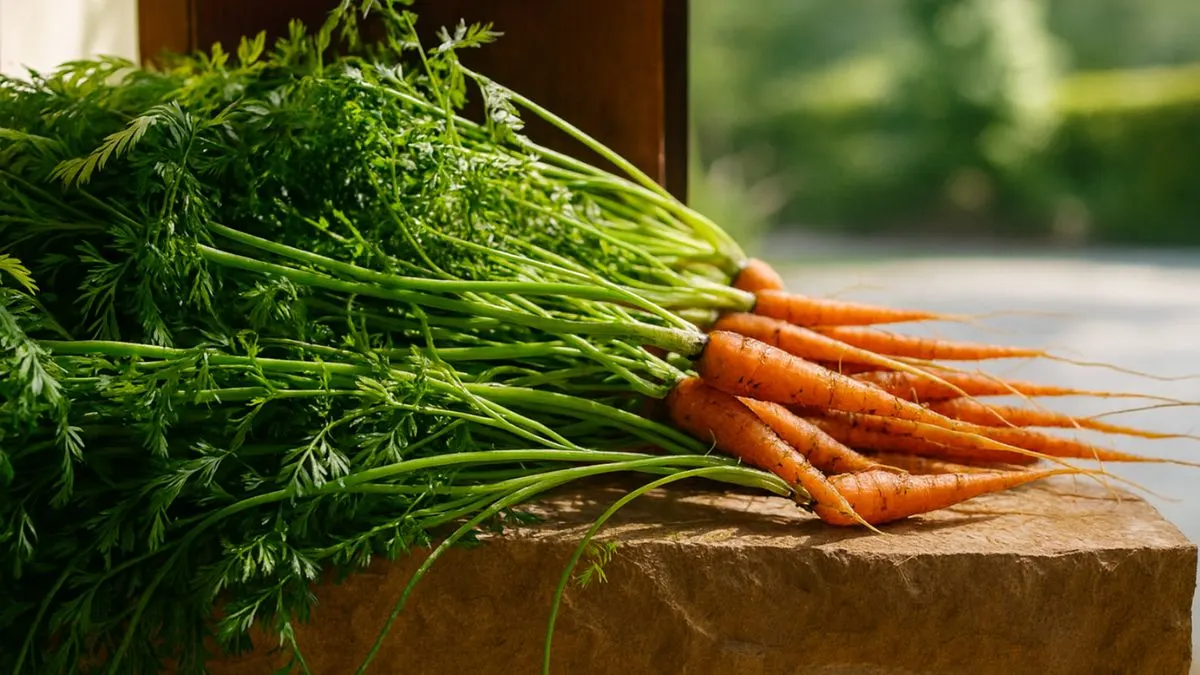Basil (Ocimum basilicum) is one of the most beloved herbs in home gardens around the world—and for good reason. This fragrant, flavorful herb not only enhances countless dishes but also repels pests and offers medicinal benefits. Whether you’re planting basil on your kitchen windowsill or cultivating an outdoor herb garden, it’s a rewarding and relatively simple herb to grow.
In this guide, we’ll cover everything you need to know about planting, growing, and harvesting basil—plus tips for preserving it for year-round use.
Why You Should Grow Basil
Basil is part of the mint family and thrives in warm, sunny environments. It’s a fast-growing herb that rewards you with an abundance of flavorful leaves. Here’s why it deserves a spot in your garden:
- Easy to grow: Basil adapts well to containers, raised beds, and garden plots.
- Highly versatile: Used in pesto, pasta, salads, sauces, and teas.
- Medicinal value: Contains antioxidants and essential oils that support health.
- Natural repellent: Keeps mosquitoes and some insects at bay.
Best Varieties to Grow
There are many types of basil to suit various tastes and dishes. Here are the most popular varieties:
- Sweet Basil: The most common choice for Italian recipes and pesto. It has a sweet, slightly peppery flavor.
- Genovese Basil: A type of sweet basil with larger leaves and a richer flavor—perfect for caprese salads and pasta.
- Thai Basil: Strong, spicy, and slightly licorice-flavored. A staple in Southeast Asian cooking.
- Purple Basil: Visually striking with deep-purple leaves and a slightly spicy, milder taste. Great for garnish or ornamental use.
- Lemon Basil: Known for its citrusy aroma—ideal for teas, fish dishes, and refreshing salads.
Also Read: Nature’s Sleeping Pills: 10 Plants That Calm Your Mind at Night
How to Plant Basil
1. Choose the Right Location
Basil thrives in full sun, requiring at least 6–8 hours of direct sunlight daily. Whether indoors or outdoors, ensure your basil is planted in well-draining, fertile soil with a pH between 6.0 and 7.5.
2. Starting from Seeds
- When to plant: Indoors 4–6 weeks before the last frost or directly outdoors when temps are above 50°F (10°C).
- How to plant:
- Sow seeds 1/4 inch deep in moist soil.
- Keep soil damp until germination (usually within 5–10 days).
- Thin seedlings to 6–12 inches apart when they reach 2–3 inches tall.
3. Propagating from Cuttings
- Snip a 4-inch stem below a leaf node.
- Remove the lower leaves and place the stem in water.
- Roots will develop in 5–10 days.
- Transplant into soil once roots are 1–2 inches long.
4. Transplanting Starter Plants
- Dig a hole slightly larger than the root ball.
- Space plants 10–12 inches apart.
- Water thoroughly after transplanting.

How to Grow and Care for Basil
1. Watering
Basil likes moist but not soggy soil. Water at the base in the morning to avoid fungal diseases. In hotter weather, increase watering to about 1 inch per week.
2. Fertilizing
Use an organic 10-10-10 fertilizer every 4–6 weeks. Over-fertilizing can reduce the plant’s essential oil content, affecting flavor and aroma.
3. Pruning and Pinching
- Begin pinching back top leaves when plants reach 6 inches tall.
- Regular pruning encourages bushier, fuller growth.
- Remove flower buds to prevent bolting and extend harvest.
4. Companion Planting
Basil thrives alongside tomatoes, peppers, oregano, and parsley. Avoid planting near fennel, rosemary, or sage, which compete for nutrients.
5. Pest and Disease Control
- Common pests include aphids, spider mites, and whiteflies. Use neem oil or insecticidal soap for control.
- Prevent powdery mildew and other diseases by spacing plants and ensuring good air circulation.
How to Harvest Basil
1. When to Harvest
Start harvesting when the plant has at least 6 leaves. The ideal time is early morning, when essential oils are most concentrated.
2. How to Harvest Correctly
- Use clean, sharp scissors or shears.
- Cut just above a pair of leaves to promote new growth.
- Avoid taking more than one-third of the plant at a time.
3. Storing Fresh
- Place cut stems in a glass of water on your counter; cover loosely with a plastic bag.
- Alternatively, wrap in a damp paper towel and store in a sealed bag in the fridge.
- For long-term use, freeze or dry your harvest.
Also Read: 8 Fall Garden Tasks You Can’t Ignore
How to Preserve Basil
1. Drying
- Hang stems upside down in a dark, airy spot.
- Once dry, crumble leaves and store in an airtight container.
2. Freezing
- Chop basil and place in ice cube trays.
- Cover with olive oil or water and freeze.
- Use in sauces, soups, and stews.
3. Making Pesto
- Blend basil with olive oil, garlic, parmesan, and pine nuts.
- Store in a jar in the fridge for up to a week or freeze for long-term use.
Troubleshooting Common Basil Problems
- Yellow Leaves: Often a result of overwatering or a nutrient deficiency. Use well-draining soil and balanced fertilizer.
- Bolting (Premature Flowering): Caused by heat or long daylight hours. Pinch off flower buds promptly.
- Wilting Leaves: Could mean underwatering or fungal disease. Adjust watering and improve air circulation.
Basil is more than just a culinary favorite—it’s a powerhouse plant that enhances your garden’s health and your kitchen’s flavor. Whether you’re starting from seed or buying a starter plant, with just a bit of care, basil will reward you with lush, aromatic leaves all season long. Happy planting!
Click here to read more blogs like this on the Toronto Garden Book!



